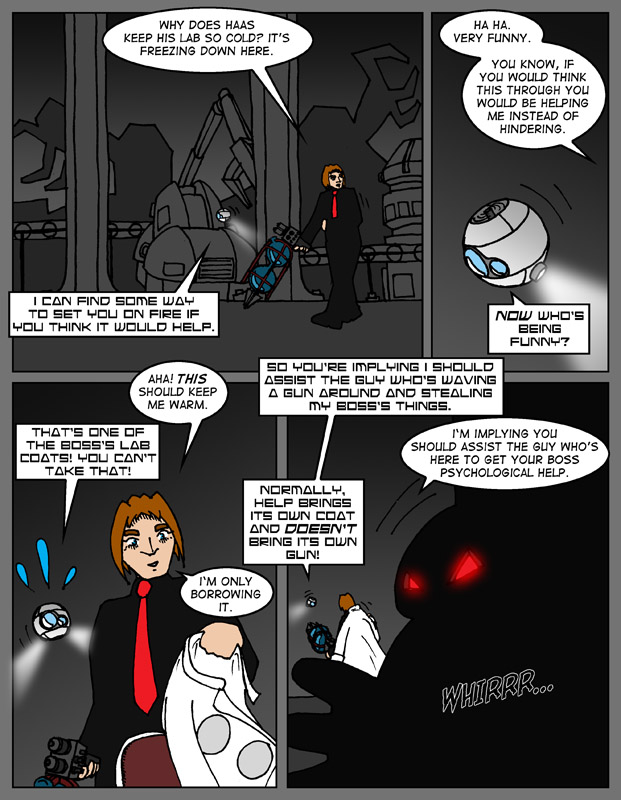
| ||
|
(Jon sez:)  Astronomers in Chile recently discovered planets circling the star HD 69830, which is 41 light years away from Earth in the constellation Puppis. There appear to be three of them, roughly Neptune-sized, and an asteroid belt that would make a band of the sky appear to glow from the surfaces of those three worlds.
Astronomers in Chile recently discovered planets circling the star HD 69830, which is 41 light years away from Earth in the constellation Puppis. There appear to be three of them, roughly Neptune-sized, and an asteroid belt that would make a band of the sky appear to glow from the surfaces of those three worlds.
The journal Nature reports in its abstract that there are three massive planets with orbits around their star of between nine and 197 days. The outer planet orbits in what's called the habitable zone, which is where temperatures are such that liquid water could reasonably be expected to exist. This is a regrettably brief abstract, because Nature doesn't make its articles available to thee and me unless we pay. So we move on to National Geographic, which reports on the locations and masses of the planets, and adds that the outer planet - while it orbits in the habitable zone - probably has an atmosphere consisting primarily of hydrogen. The article is both informative and free to the public, which is why I personally have been a subscriber to NatGeo for the last 22 years. Supporting the free exchange of ideas is always good. In any case, astronomers have now discovered over a hundred extrasolar planets in just over a decade. And the pace is picking up. If they ever manage to launch the Kepler spacecraft, we may see huge numbers of small, Earthlike worlds discovered. And that'll be damned cool. |
(Mark sez:)  Yeah, I got nothin'.
Yeah, I got nothin'.
|
|